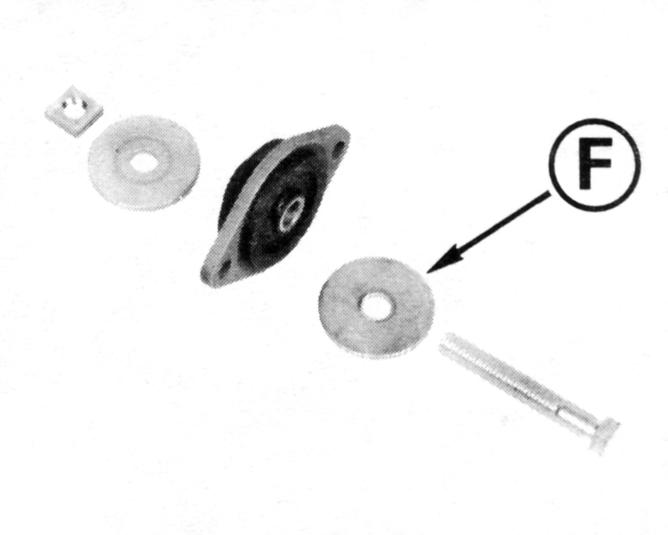
2 minute read
Cable Installation Problems
The hydraulic valve reacts to steering cable casing movement. Total valve movement is about 1/4 inch. This small motion is sufficient to operate the valve and direct hydraulic pressure to the appropriate side of the steering cylinder. Any restrict ion of movement of the steering cable casing at the stern of the boat will limit or restrict the movement of the valve and will result in hard steering in one or both directions. When replacing the steering cable, the following points must be followed for proper power steering system operation:
1.Do not install a cable that is too short. Inadequate length will put tension on the cable casing, and cause binding of the steering cable. This will restrict valve movement, cause hard steering to port and a tendency to self steer to starboard.
2.Do not install a cable that is too long. Excessive length will push on the cable casing, and cause binding of the steering cable. This will restrict valve movement, caus e hard steering to starboard and a tendency to self steer to port.
3.Do not position steering cable in a sharp bend of less than 6 in. radius. Tight bends will cause binding and limit control valve movement. This will contribute to hard or uneven steering, or rough steering wheel movement.
4.Do not jam anything against cable at the engine end. Do not bind cable against inside of boat or against fuel tanks, battery boxes or flotation blocks. Jamming the stee ring cable will restrict steering cable movement and cause hard steering.
5.Do not interfere with or restrict steering cable movement through the last 90° of bend to the engine. Cable retainers, clips, clamps or tie straps should not be used in a manner that will restrict the cable movement near the engine. Do not attach wiring harness or control cables to this end of the steering cable.
NOTE!Do not restrict steering cable casing movement. Any restriction of the cable also restricts the valve movement. This will limit or stop hydraulic assist, or may hold the valve in one steering mode.
Feedback To The Helm
The steering system requires at leas t a little friction in the helm (and cable) to prevent hydr odynamic forces on the gear case from feeding back and turning the steering wheel without the operator activating the power assist system. This may happen on single engine installations (or on twin engines having both drives rotating in the same direction). Run the boat in a straight line in oppos ite directions at normal cruising speed with the drive trimmed in both a “bow up” position and in a “bow down” position. In each trim positi on, momentarily release the steering wheel to see if the wheel is turned by the gear case, and in which direction.
If the steering wheel turns to both starboard and port, then helm friction must be increased slightly. This will allow the power steering system to hold the desired steering position.
If the helm always turns in one direction (when it turns), it may be caused by a steering cable that is to o short, too long, or has restricted movement. See Cable Installation Problems. Twin engine problems may be corrected by adjusting the tie bar for “toe-in” or for “toe-out” of the sterndrives. Refer to Tie Bar Ad justment found in this section.




